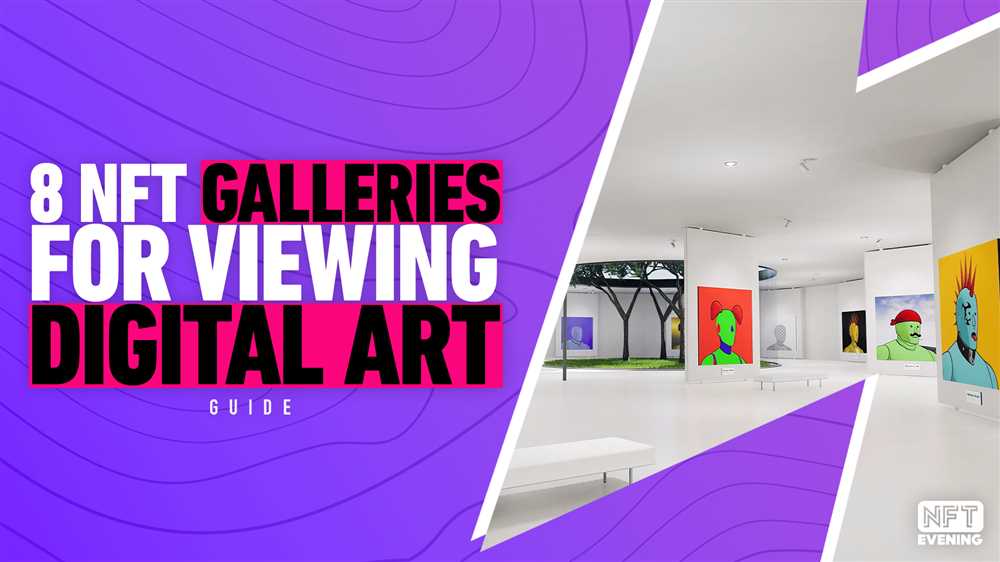
In the digital age, art has found a new home on the blockchain. Non-fungible tokens (NFTs) have revolutionized the art world, offering artists a unique opportunity to preserve and showcase their work in a whole new way. NFT marketplaces have emerged as the go-to platform for artists to create a digital legacy and reach a global audience.
Unlike traditional art, which can be easily replicated or stolen, NFTs are one-of-a-kind digital assets that are stored on the blockchain. Each NFT is linked to a specific piece of art, creating a digital certificate of authenticity. This makes it impossible to forge or copy an NFT, ensuring that artists’ work remains unique and valuable.
NFT marketplaces provide artists with a space to mint and sell their digital creations directly to collectors. When an artist mints an NFT, they are essentially registering their art on the blockchain, creating a permanent record of ownership. This process not only protects the artist’s intellectual property, but also allows them to receive royalties every time their NFT is sold or traded.
Furthermore, NFT marketplaces offer artists a chance to showcase their work to a global audience. These platforms attract collectors and art enthusiasts from around the world, providing artists with unparalleled exposure and opportunities for collaboration. Artists can build a following, gain recognition, and connect with other creatives in ways that were once unimaginable.
With NFT marketplaces, artists are no longer limited by physical constraints. They can create, share, and monetize their work in the digital realm, ensuring that their artistic legacy will live on for generations to come. As we continue to embrace the possibilities of blockchain technology, the impact on the art world will be nothing short of transformative.
The Rise of NFT Marketplaces
In recent years, the world has witnessed the unprecedented rise of NFT (Non-Fungible Token) marketplaces. These platforms have revolutionized the way artists can showcase and preserve their artistic talent.
NFTs are unique digital assets that represent ownership or proof of authenticity of a particular piece of digital content, such as artwork, music, videos, or even virtual real estate. Unlike cryptocurrencies like Bitcoin or Ethereum, NFTs cannot be exchanged on a like-for-like basis as they have unique characteristics and properties.
NFT marketplaces provide a platform for artists to mint and sell their digital creations directly to collectors and enthusiasts. Artists mint their creations as NFTs, attaching metadata that defines ownership, provenance, and other relevant information to the asset. These NFTs are then sold and traded on the marketplace using cryptocurrency.
The concept of owning and collecting digital assets may seem abstract to some, but NFT marketplaces have gained immense popularity and have attracted millions of users in a short span of time. One of the main attractions of NFTs is the opportunity for artists to monetize their work in an era where traditional revenue streams for creators have diminished.
The rise of NFT marketplaces has also democratized the art world by allowing artists from all backgrounds and levels of experience to showcase and profit from their work. Previously, artists heavily relied on traditional art galleries or agents to promote and distribute their work. NFT marketplaces eliminate the need for intermediaries, allowing artists to have direct access to a global audience.
Benefits for Artists

For artists, NFT marketplaces offer several benefits. Firstly, artists have the ability to maintain ownership and control over their creative work. Through the use of smart contracts, artists can ensure that they receive royalties every time their NFT is resold on the secondary market.
Moreover, NFT marketplaces provide a level playing field for artists to gain recognition. Artists no longer have to rely on the whims and preferences of art curators or gallery owners. Instead, their work can speak for itself and reach a larger audience, leading to potential collaborations, commissions, and opportunities.
The Future of NFT Marketplaces
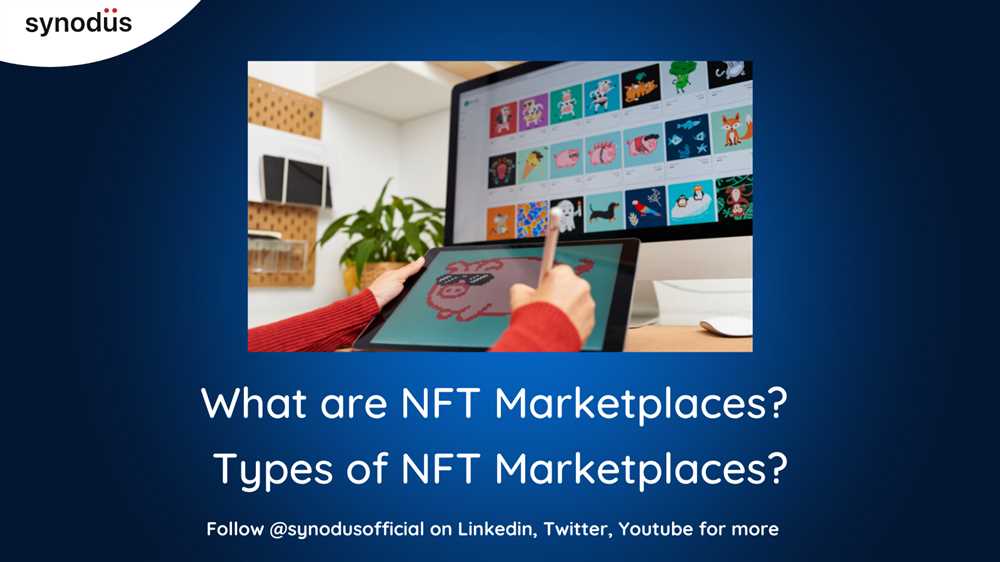
The rise of NFT marketplaces has disrupted the art world and opened up new possibilities for artists. As more artists and collectors embrace NFTs, these marketplaces will likely continue to grow and evolve. We can expect to see innovations in terms of user experience, curation, and new avenues for artistic expression.
It is worth noting that the environmental impact of NFTs has been a subject of debate and concern. As the popularity of NFTs continues to soar, it is imperative for marketplaces and artists to adopt sustainable practices and explore solutions that minimize energy consumption.
In conclusion, the rise of NFT marketplaces has provided artists with a new way to showcase and monetize their work, while also democratizing the art world. These platforms have the potential to shape the future of artistic expression and create a lasting digital legacy for artists.
Why NFTs are Revolutionizing the Art World
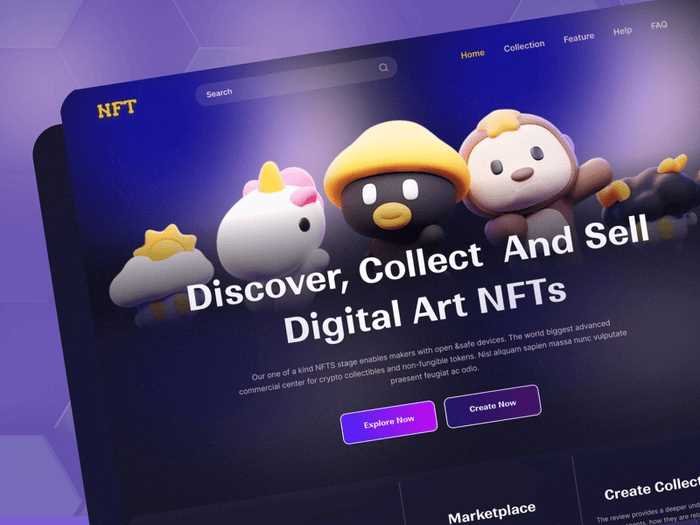
NFTs have emerged as a groundbreaking technology that is transforming the art world as we know it. These non-fungible tokens have opened up a world of opportunities for artists and collectors alike, revolutionizing how we buy, sell, and showcase art.
One of the key reasons why NFTs are revolutionizing the art world is their ability to provide artists with new revenue streams. Traditionally, artists have relied on the sale of physical artworks or commissions to earn a living. However, with NFTs, artists have the opportunity to sell digital assets and earn royalties from future sales. This allows artists to monetize their creations in innovative and sustainable ways.
Additionally, NFTs have democratized the art market by providing a platform for emerging artists to showcase their talent and gain recognition. In traditional art markets, it can be challenging for unknown artists to break into the industry and have their work noticed. NFT marketplaces, on the other hand, provide a level playing field where artists can gain exposure and connect directly with collectors, bypassing the need for traditional gatekeepers.
NFTs have also expanded the concept of ownership in the art world. With physical artworks, ownership can be restricted to a single person or institution. However, NFTs allow for fractional ownership, making art accessible to a wider audience. This has the potential to create new art ecosystems where collectors can invest in multiple artworks and share ownership with others, creating a sense of community and collective appreciation.
Furthermore, the transparency and immutability of blockchain technology have brought new levels of trust to the art market. Each NFT is recorded on a decentralized ledger, making it nearly impossible to counterfeit or manipulate ownership records. This has instilled confidence in collectors, knowing that they are purchasing authentic and verifiable artworks.
In conclusion, NFTs are revolutionizing the art world by providing new revenue streams for artists, democratizing the market, expanding ownership possibilities, and bringing transparency to the industry. As this technology continues to evolve, it is sure to reshape the way we perceive, create, and collect art in the digital age.
Preserving Artistic Talent
In the rapidly evolving digital landscape, NFT marketplaces have emerged as powerful platforms for preserving and showcasing artistic talent. These marketplaces provide artists with the opportunity to immortalize their work in a unique and immutable digital format.
Traditionally, artists’ work has been subject to the passage of time and the deteriorating effects of physical media. Paintings fade, sculptures crumble, and photographs yellow with age. However, with NFTs, artists can create a lasting legacy that transcends such constraints.
Empowering Artists
NFT marketplaces enable artists to retain ownership and control over their work, providing a new level of agency and autonomy. By tokenizing their creations, artists can assert their rights and leverage the power of blockchain technology to ensure the integrity and provenance of their art.
Additionally, NFT marketplaces eliminate the need for intermediaries such as galleries or agents, allowing artists to directly connect with collectors and enthusiasts. This direct interaction empowers artists to build their own brand and fan base, opening up new avenues for exposure and monetization.
Preserving Cultural Heritage
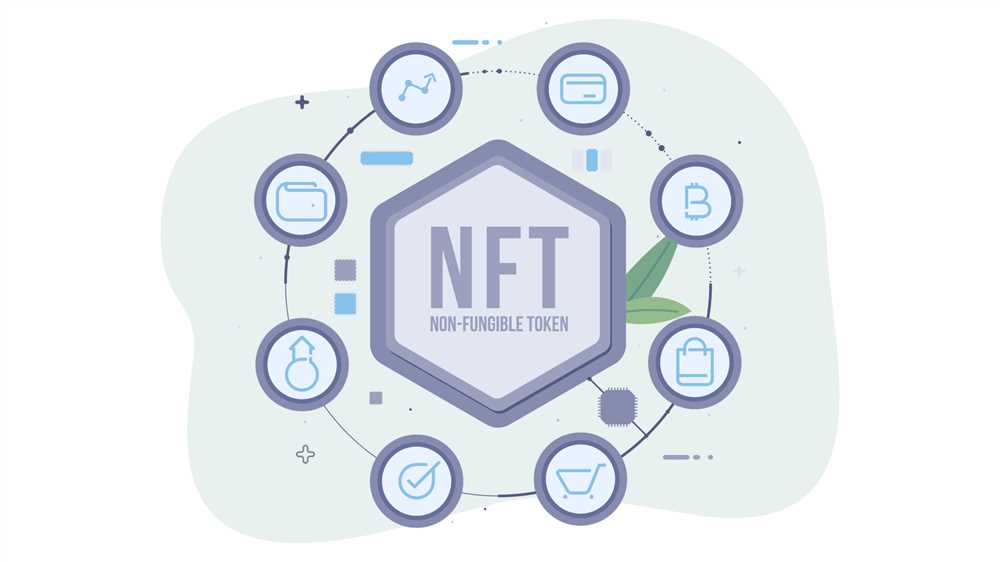
Art goes beyond individual expression; it reflects the cultural and historical context in which it is created. NFT marketplaces enable the preservation of cultural heritage by providing a platform for artists to document and immortalize their cultural experiences and stories.
Through NFTs, indigenous artists can reclaim and protect their cultural heritage, ensuring that their traditions and narratives are not lost or misrepresented. By tokenizing their work, these artists can maintain control over their art and actively participate in the preservation of their cultural legacy.
In conclusion, NFT marketplaces offer artists a powerful tool for preserving and showcasing their talent in an ever-changing digital landscape. With the ability to assert ownership, connect directly with collectors, and preserve cultural heritage, artists can create a lasting legacy that persists beyond physical limitations.
Why are NFT marketplaces important for preserving art?
NFT marketplaces are important for preserving art because they allow artists to create and sell digital artwork as unique tokens. These tokens are stored on the blockchain, which ensures the authenticity and provenance of the artwork. This means that artists can have their work preserved and showcased in a digital form that can be easily accessed and verified by art collectors and enthusiasts.
How do NFT marketplaces showcase artistic talent?
NFT marketplaces showcase artistic talent by providing a platform for artists to display and sell their digital artwork. These marketplaces often have a wide reach and attract a large audience of art collectors and enthusiasts. Artists can use NFT marketplaces to gain exposure and recognition for their work, as well as collaborate with other artists and explore new creative opportunities.



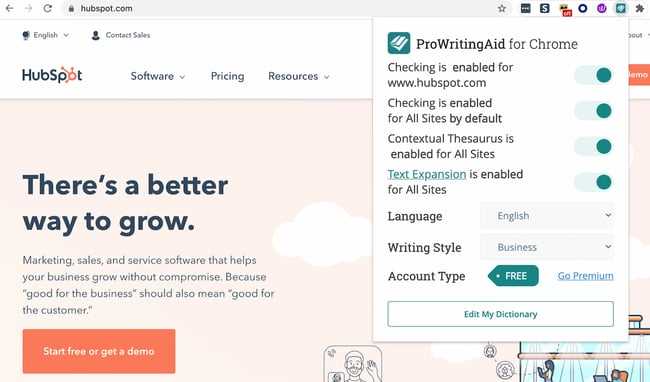


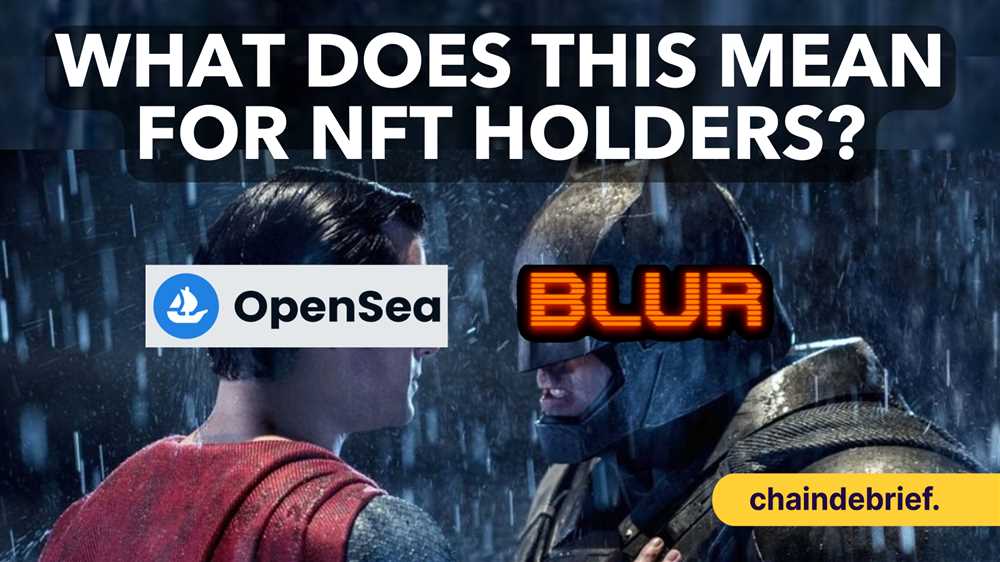
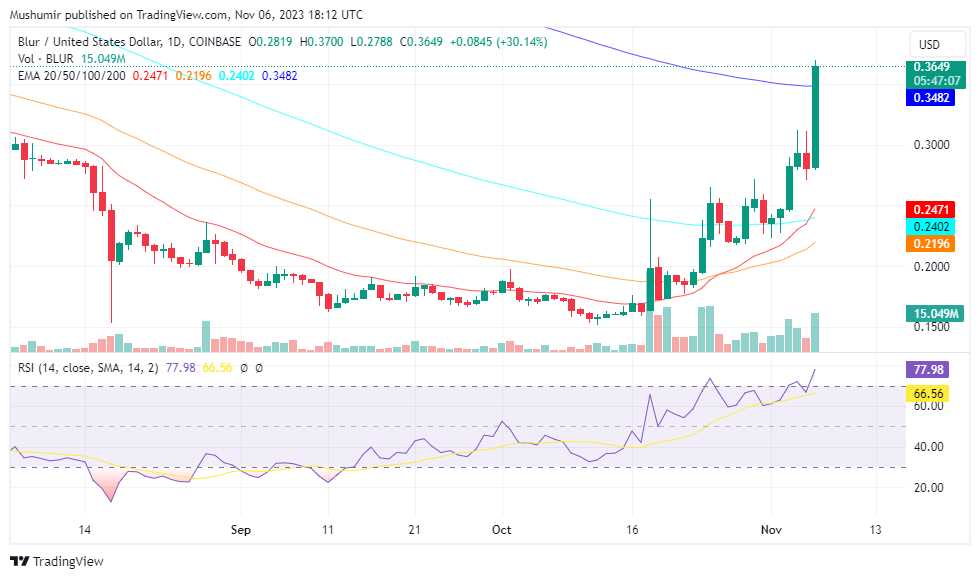
Leave a Reply